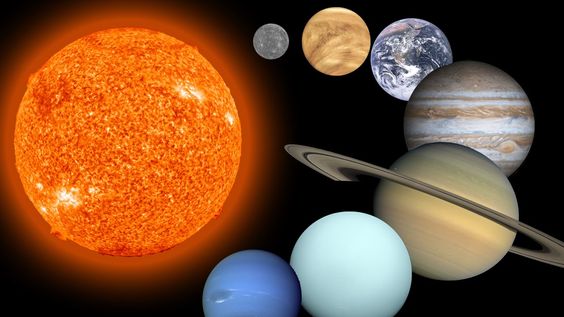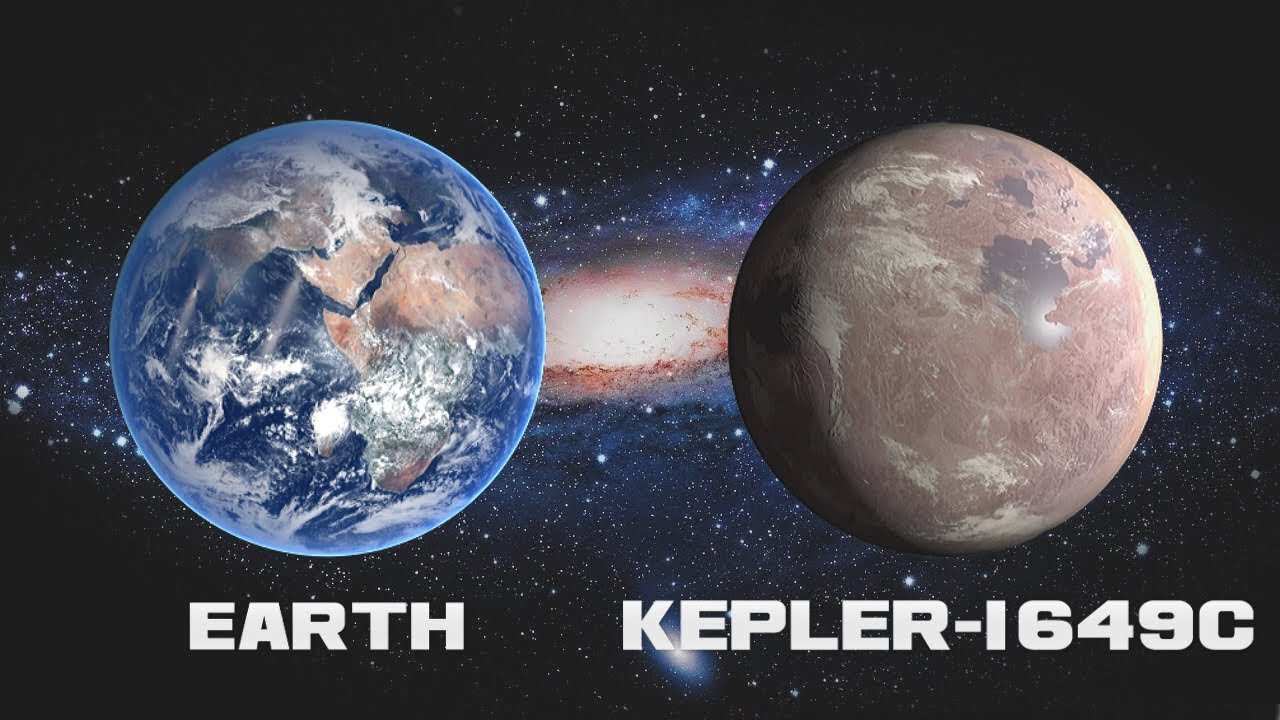In the vast expanse of the cosmos, NASA’s tireless pursuit of knowledge has led to the discovery of Kepler-1649c—a celestial body brimming with potential for extraterrestrial life. Situated within the habitable zone of its star, Kepler-1649c stands as a testament to humanity’s insatiable curiosity and our relentless quest to explore the unknown. As we embark on a journey of discovery to unravel the mysteries of this newfound world, we delve deep into the intricate details of Kepler-1649c and its significance in the search for alien life.

The Discovery of Kepler-1649c: NASA’s Kepler Space Telescope, launched in 2009 with the mission of detecting exoplanets orbiting distant stars, has revolutionized our understanding of the cosmos. Among its many discoveries, Kepler-1649c stands out as a remarkable find—a planet located approximately 300 light-years away from Earth. Orbiting a red dwarf star in the constellation Cygnus, Kepler-1649c captured the attention of astronomers due to its positioning within the habitable zone—a region where conditions may be conducive to the existence of liquid water, a prerequisite for life as we know it.
Exploring the Habitable Zone: The habitable zone, often referred to as the “Goldilocks zone,” is a theoretical region around a star where conditions are just right for liquid water to exist on the surface of a planet. Kepler-1649c’s placement within this zone suggests that it receives a similar amount of stellar radiation as Earth, offering the tantalizing possibility of a temperate climate and stable surface conditions. This positioning makes Kepler-1649c an ideal candidate for further study and exploration in the search for potential habitats for alien life.

Similarities to Earth: What makes Kepler-1649c particularly intriguing is its striking resemblance to Earth in terms of size and potential habitability. With a diameter only 1.06 times that of Earth, Kepler-1649c ranks among the few exoplanets discovered thus far that closely mirror our own planet in terms of size. This similarity raises tantalizing questions about the potential for Kepler-1649c to support life forms akin to those found on Earth. Furthermore, its positioning within the habitable zone suggests that conditions on Kepler-1649c may be conducive to the existence of liquid water—an essential ingredient for the emergence and sustenance of life.

The Quest for Alien Life: While the discovery of Kepler-1649c offers hope for the existence of extraterrestrial life, it also underscores the challenges and complexities of the search for alien life beyond our solar system. Despite its promising characteristics, the presence of liquid water alone does not guarantee the existence of life on Kepler-1649c. Further observations and studies are needed to characterize the planet’s atmosphere, surface conditions, and potential biosignatures—indicators of life that may be detected through remote sensing techniques.
Future Prospects and Exploration: The discovery of Kepler-1649c represents just the beginning of a new chapter in humanity’s quest to unravel the mysteries of the cosmos and search for signs of alien life. Future missions, including those by the James Webb Space Telescope and next-generation ground-based observatories, hold the potential to further elucidate the atmospheric composition and potential biosignatures of Kepler-1649c. These endeavors promise to shed light on the habitability of Kepler-1649c and the potential for life beyond Earth, fueling our collective imagination and driving scientific exploration to new frontiers.

As we stand on the brink of a new era in space exploration, the discovery of Kepler-1649c serves as a beacon of hope and inspiration in the quest for extraterrestrial life. Situated within the habitable zone of its star and boasting similarities to Earth in size and potential habitability, Kepler-1649c offers a tantalizing glimpse into the diversity of exoplanetary systems and the potential for life beyond our planet. As we continue to explore and study this newfound world, we move closer to answering one of humanity’s most profound questions: Are we alone in the cosmos?




